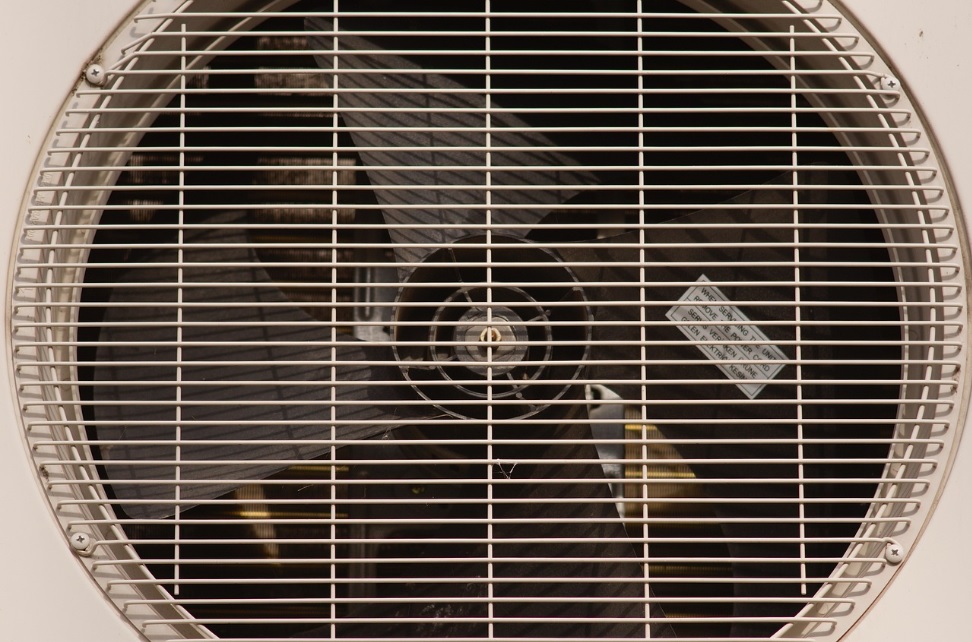When it comes to maintaining your air conditioning system, regular cleaning is essential. The circulating air can pick up dust and dirt, which can clog the system and decrease its efficiency over time. By cleaning your air conditioner regularly, you can increase the lifespan of its parts and ensure that it runs smoothly.
This guide will walk you through the process of cleaning air conditioning systems. It is important to do a proper cleaning as it will not only help your AC to last longer but also help it to cool better and keep your utility bills lower.
Turn off the Power
It is important to ensure that the power supply to your air conditioning system is turned off before cleaning it, as it can be dangerous. This will ensure that the system is not accidentally activated while you are cleaning it and prevent any potential accidents or injuries.
Clean the Filters
Cleaning your air conditioner is an important step in maintaining its efficiency and prolonging its lifespan. One of the first things you should do is focus on the air filters. These filters are typically located inside the furnace or air-handler cabinets, and their purpose is to catch dirt, hair, and dust before it enters the system. It’s recommended to sanitize or replace the filters at least twice a year, or whenever they become visibly clogged. This simple step can help to ensure proper airflow and improve the overall performance of your air conditioning system. There are various types of air conditioning filters and choosing the right one is essential for its optimal functioning.
Clean the Condenser Coils
Clean the AC condenser coils by removing the protective panels, using a brush or refrigerator coil brush to clean the coils from the outside, and vacuuming the inside. Use a commercial cleaner or hose with a trigger-style nozzle to remove stubborn dirt, being careful not to bend the fins or spray water on electrical components.
Remove Debris from the Condenser Coils
To clean the air conditioner’s condenser, clear away leaves and debris at the base and check the drain for blockages. Clean the fan blades with a vacuum and rag, tighten any loose bolts, and lubricate the motor if necessary. Reassemble the condenser and remove any obstacles that may block airflow.
Inspect the Refrigerant Lines
Check and fix any damage to the insulation on the refrigerant lines as part of cleaning your air conditioner to improve its efficiency. This can be done by purchasing and installing foam insulation sleeves or wrapping the lines with insulation tape.
Perform a Test Run
Once you have completed the cleaning of your central air conditioning unit, it is important to properly power it back on. This can be done by first switching off the thermostat in your home, which will prevent the unit from running while you are working on it. Next, locate the power disconnect box and the main panel, and turn on the power at both of these locations. This will ensure that the unit has a proper power source to run. Finally, adjust the thermostat to the cooling mode, which will activate the air conditioning system. This step is crucial to ensure that your air conditioner will be able to cool your home effectively after cleaning it. It also ensures that the unit is running safely and efficiently, which can help prolong its lifespan and save you money on energy costs in the long run. Additionally, choosing an energy-efficient air conditioner can ensure that your cooling needs are met at the lowest cost while reducing your carbon footprint.
Conclusion
Proper maintenance of your air conditioner can increase its lifespan and save you money. Though it is important to remember that proper usage of the unit also plays a role in its longevity. If the unit does not work correctly after cleaning, it is recommended to seek the advice of an expert technician.

